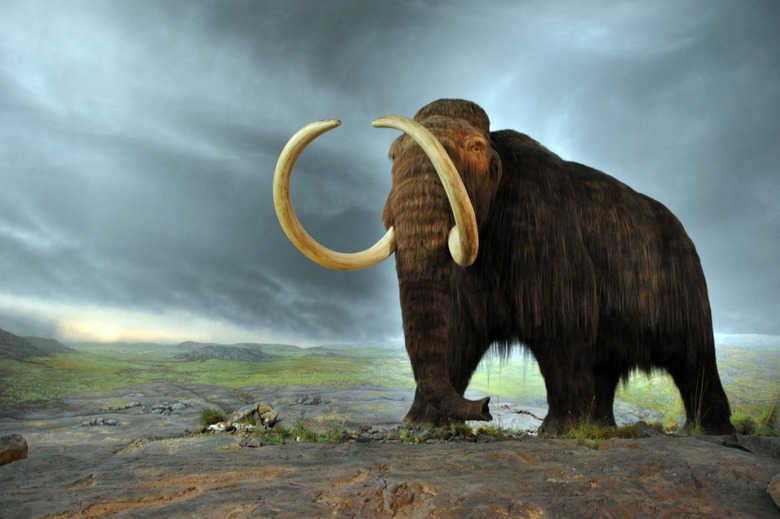Did The New York City Explorers Club Eat A Wooly Mammoth For Dinner In The 1950s?
Ever heard of a tall tale? Well this one is a mammoth whopper.
The New York City Explorers Club, which has celebrated scientific discovery and exploration since its inception over 100 years ago, has been known to host some odd dinners for its members, like the flower and insect hors d'oeuvres meal served in 2014. One of the most popular fabled culinary events took place in 1951 when Explorers Club members supposedly ate the preserved and thawed fossil of a wooly mammoth. But new DNA analysis has found that the unique entrée was nothing other than a modern-day sea turtle, not a wooly mammoth or Megatherium (an extinct ground sloth), as records and rumors have suggested.
Student researchers at Yale made the (slightly disappointing) discovery after they tested surviving meat scraps from the meal and published their findings in the scientific journal PLOS One.
"I'm sure people wanted to believe it," Jessica Glass, a Yale graduate student and co-lead author of the study told Fox News. "They had no idea that many years later, a Ph.D. student would come along and figure this out with DNA sequencing techniques."
The tall tale began after a Christian Science Monitor story ran the day following the event in 1951, alleging that the main attraction of this culinary spectacle "was a morsel of 250,000-year-old hairy mammoth meat," amongst other slightly less exotic fare like Pacific spider crabs, green turtle soup, and bison steaks.
Leftovers ended up in the Yale Peabody Museum of Natural History after one scientist, who could not make the dinner, requested samples of the "giant sloth meat," according to The New York Times. Decades later, students decided to use modern-day science to finally test the authenticity of the ancient meat.
The whole mammoth meat story, as it turns out, was just a giant, hairy hoax.
